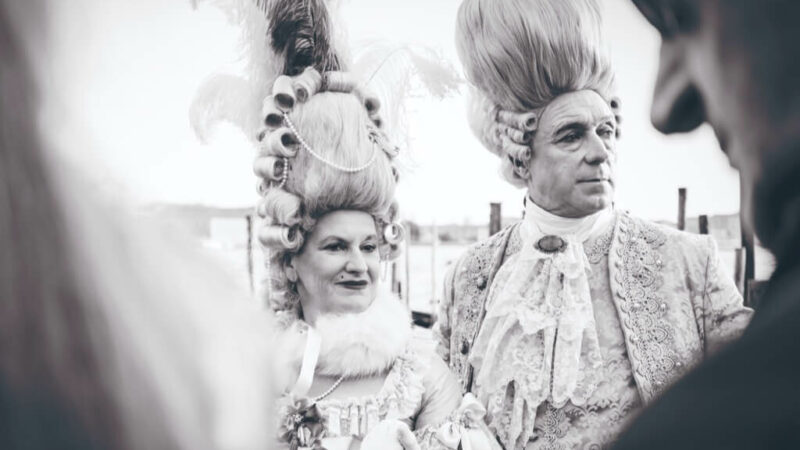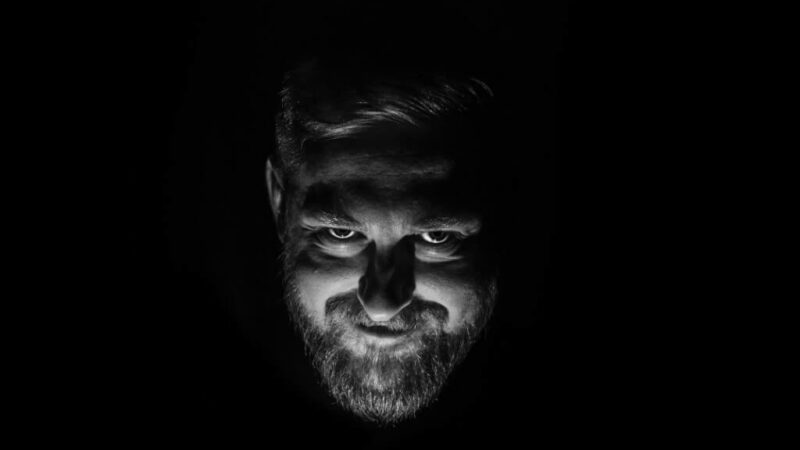Bet Behind Seuss’ Bestseller, Green Eggs & Ham

It’s a fascinating tidbit that Dr. Seuss, whose real name was Theodore Geisel, wrote “Green Eggs and Ham” as a result of a wager. This challenge, set in 1960, involved Bennett Cerf, co-founder of Random House, and a modest bet of $50 (equivalent to about $382 today). The terms? Geisel had to compose an entire book using no more than fifty distinct words. Not only did Geisel triumph in this challenge, creating one of his most beloved books, “Green Eggs and Ham,” using precisely 50 unique words, but he also witnessed it become his best-selling work. Interestingly, despite winning the bet, Cerf never paid up.
Before “Green Eggs and Ham,” there was “The Cat in the Hat,” another product of a unique challenge. This venture began with a critique of school primers in a 1954 issue of Life magazine by Pulitzer Prize-winning journalist John Hersey. At that time, children’s books like “Fun with Dick and Jane” were standard but lacked engagement and failed to inspire a love for reading.
In response to the call for more captivating reading material, William Spaulding, the director of Houghton Mifflin’s educational division, presented Geisel with a challenge: write a story that first-graders would find irresistible. The catch? It had to be limited to 225 words from a predetermined list of 348 words, tailored for first graders. Geisel nearly met this constraint, using 236 unique words, although it took him nine months, primarily due to the word limitation.
Interestingly, “The Cat in the Hat” was initially intended to feature a King cat and a Queen cat. However, “queen” was not on the approved word list. Upon reviewing the list, Geisel noticed “hat,” which conveniently rhymed with “cat,” leading to the creation of the story we know today.
Published in 1957, “The Cat in the Hat” was a resounding success, selling about one million copies within the first three years. This success allowed Geisel to leave his advertising job and devote himself fully to writing children’s books.
Geisel’s ambition with his books went beyond teaching children to read; he aimed to teach them how to think. He believed in the profound impact of children’s literature, stating, “Children’s reading and children’s thinking are the rock-bottom base upon which this country will rise. Or not rise.” He recognized that in times of tension and confusion, children’s books held significant power for good or evil, more than any other form of literature.
Dr.Seuss Facts
- Did you know the “Dr.” in Dr. Seuss was a tribute to Theodore Geisel’s father’s hope that his son would earn a PhD? Although Geisel left the PhD program at Oxford, he embraced his mother’s maiden name, Seuss, as his pen name. Ironically, he did receive several honorary doctorates, unconventionally fulfilling his father’s aspiration. The Seuss name, interestingly, should be pronounced “Zoice,” rhyming with “voice,” reflecting its Bavarian origins. However, Geisel eventually accepted the Americanized pronunciation “Soose,” humorously noting its similarity to Mother Goose, a fitting association for a children’s book author.
- Your college experiences often shape your future, and for Geisel, an incident at Dartmouth College played a pivotal role. After being caught drinking and subsequently banned from writing for the college’s humor magazine, he began publishing under various pseudonyms, including “T. Seuss.” This act of defiance marked the birth of “Dr. Seuss.” Another pen name he used was “Theo LeSieg,” which is ‘Geisel’ spelled backward.
- Imagine being told your true calling lies not in academia but in drawing. This was the case for Geisel, whose first wife, Helen Palmer, urged him to pursue a career in cartooning. Heeding her advice, Geisel left Oxford and embarked on a 30-year career in advertising before becoming a renowned children’s book author.
- It’s intriguing to note that Geisel’s entry into children’s literature wasn’t driven by a profound understanding of children but by a contractual loophole with Standard Oil. This serendipitous shift led to the creation of timeless classics.
- Geisel’s personal life was marked by both joy and sorrow. He and Helen Palmer, who could not have children, welcomed an imaginary daughter, Chrysanthemum-Pearl, into their lives. She even appeared in their family Christmas cards and was credited in “500 Hats of Bartholomew Cubbins.” This blend of whimsy and sadness was a recurring theme in Geisel’s life and work. Sadly, Helen’s life ended in tragedy, deeply impacting Geisel.
- Did you know that some of Dr. Seuss’s most famous characters, like the Cat in “The Cat in the Hat” and the Grinch, were inspired by aspects of himself? This introspection not only fueled his creativity but also brought a unique authenticity to his characters.
- Geisel’s commitment to teaching children how to think critically was not without controversy. “The Lorax,” for instance, faced bans in certain communities for its environmental message. Geisel’s response to the uproar was a testament to his belief in moderation and responsibility towards nature.
- Geisel’s talent extended beyond children’s books. His most famous ad campaign for Standard Oil’s insecticide, Flit, and his political cartoons, reveal a multifaceted artist who engaged with contemporary issues. His later regret over some cartoons, which depicted Japanese Americans negatively, showed his capacity for reflection and growth.
- Your experiences during service can shape your creative outlook, as it did for Geisel during his time in the U.S. Army’s Animation Department. His work in military filmmaking, including the Academy Award-winning documentary “Design for Death,” reflected his diverse talents and interests.
- You might find it heartwarming to know that Geisel’s mother played a significant role in his rhythmic and rhyming skills. Her nightly rituals of chanting rhythmic phrases to her children laid the foundation for what would become a hallmark of Dr. Seuss’s writing style.
- Where do creative ideas come from? For Geisel, it was the Swiss town of Gletch and its environs. His humorous claim about getting ideas from the locals in Uber Gletch underscores his whimsical approach to storytelling.
- To understand Geisel’s success, consider his philosophy: “I don’t write for children. I write for people.” This mindset, treating children as equals, set his work apart and made his books universally appealing, transcending the typical boundaries of children’s literature.
- Dr. Seuss, who passed away in 1991, left behind a rich legacy that continues to influence readers worldwide. His approach to storytelling, marked by humor, whimsy, and a deep understanding of the human condition, remains a guiding light in children’s literature.
The stories of how “Green Eggs and Ham” and “The Cat in the Hat” came to be are not just about clever wordplay or literary challenges. They represent Geisel’s commitment to revolutionizing children’s literature. Through his creative challenges, Dr. Seuss not only entertained but also imparted essential skills and values to young readers, leaving a lasting legacy in the world of children’s books.



